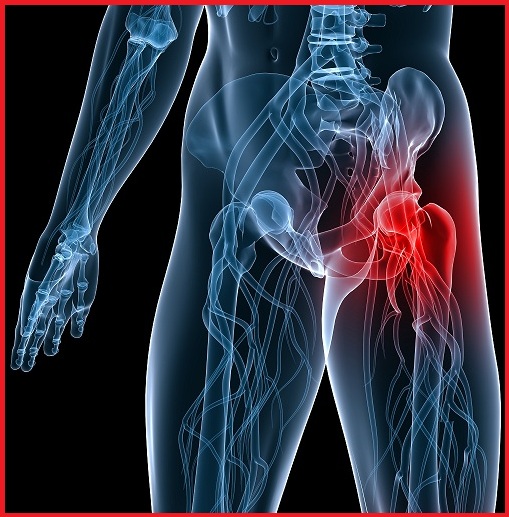
Physiotherapy for Hip Pain
Hip pain is a common complaint that can affect people of all ages, disrupting daily activities and diminishing quality of life. Whether it’s caused by arthritis, overuse injuries, or hip bursitis, physiotherapy can be an effective solution for managing and alleviating hip pain. This blog post explores how physiotherapy can help treat hip pain and what to expect from treatment.
Understanding Hip Pain
The hip joint is one of the largest and most important joints in the body, playing a crucial role in mobility and bearing the body’s weight. Hip pain can result from various conditions, including:
- Arthritis: Osteoarthritis and rheumatoid arthritis are common culprits, subsequently causing inflammation and degeneration of the hip joint.
- Bursitis: Inflammation of the bursae, small fluid-filled sacs that cushion the bones, tendons, and muscles around the hip joint.
- Tendinitis: Inflammation of the tendons, often due to overuse.
- Strains and Sprains: Injuries to the muscles or ligaments around the hip, usually from physical activity or accidents.
- Hip Fractures: Particularly common in older adults due to falls or osteoporosis.
How Physiotherapy Can Help
Physiotherapy is a non-invasive and effective treatment option for hip pain. Here’s how physiotherapy can help:
-
Pain Relief
Physiotherapists use a variety of techniques to relieve pain, including manual therapy, massage, and electrotherapy. These methods can help reduce inflammation, improve blood flow, and promote healing in the hip area.
-
Improved Mobility and Flexibility
Stiffness and reduced range of motion are common with hip pain. Consequently, Physiotherapy exercises are designed to gently stretch and strengthen the muscles around the hip, improving flexibility and making everyday movements easier.
-
Strengthening Muscles
Weak muscles around the hip can contribute to pain and instability. Physiotherapy focuses on strengthening these muscles, providing better support for the hip joint and reducing the risk of further injury.
-
Posture and Gait Training
Improper posture and gait can exacerbate perceived pain. Due to this, Physiotherapists can assess and correct your posture and walking patterns to minimize stress on the hip joint.
-
Personalized Exercise Programs
Physiotherapists and Accredited Exercise Physiologists create individualized exercise programs tailored to your specific condition and needs. These programs often include a combination of stretching, strengthening, and low-impact aerobic exercises to enhance overall hip function.
What to Expect from Physiotherapy
Your first visit to a physiotherapist will involve a detailed assessment to determine the cause of your pain. This may include:
- Medical History Review: Understanding your symptoms, activity level, and any previous injuries or conditions.
- Physical Examination: Assessing your hip’s range of motion, strength, and any areas of tenderness or swelling.
- Diagnostic Tests: In some cases, your physiotherapist may recommend imaging tests such as X-rays or MRI scans to get a clearer picture of your hip condition.
Physiotherapy offers a holistic and effective approach to managing and alleviating hip pain. Through a combination of pain relief techniques, targeted exercises, and posture correction, physiotherapy can help you regain mobility, strength, and overall function. At Pivotal Motion, our experienced physiotherapists are dedicated to providing personalized care to help you overcome hip pain and improve your quality of life.
If you are experiencing hip pain, get in touch with Pivotal Motion’s Physiotherapy and Exercise Physiologist team today. Our team will be able to discuss with you in more depth on how we can help you. Book online or call us on 3352 5116.



